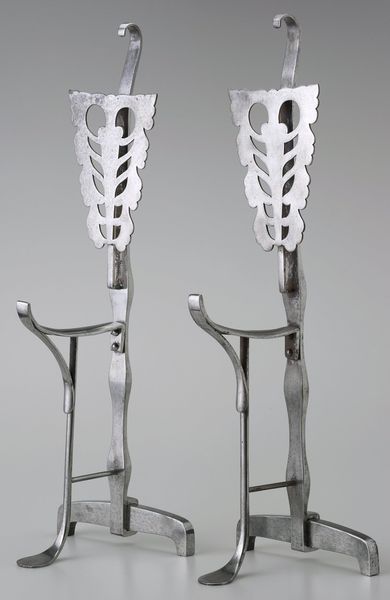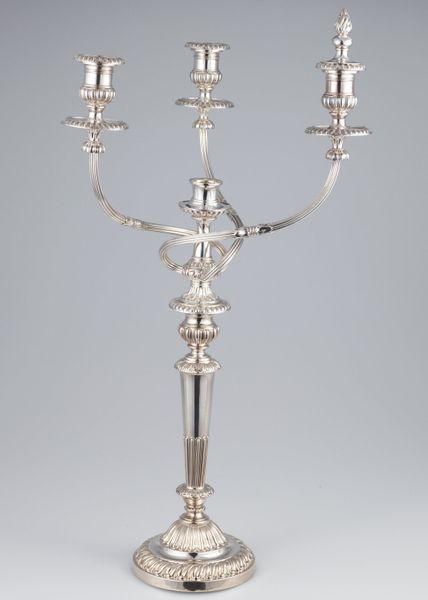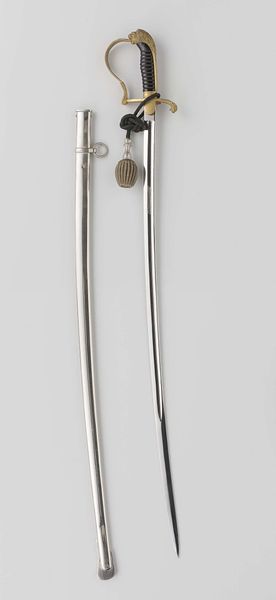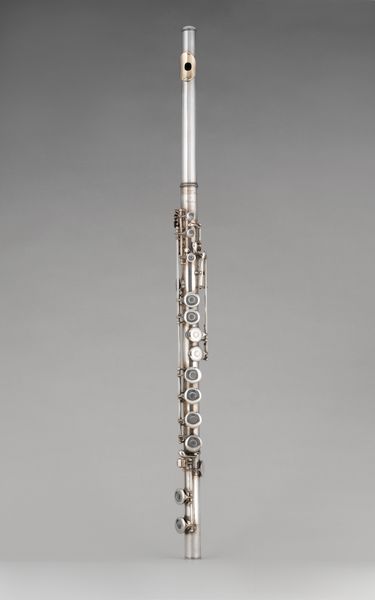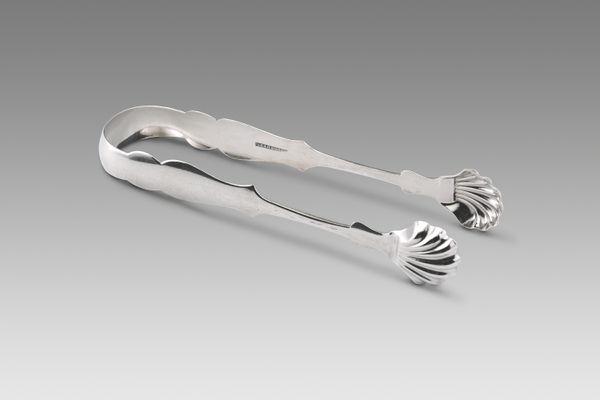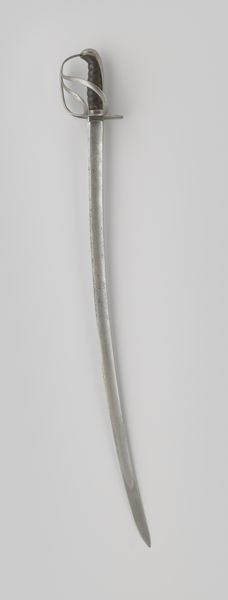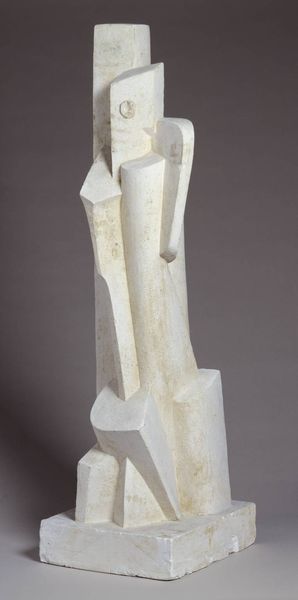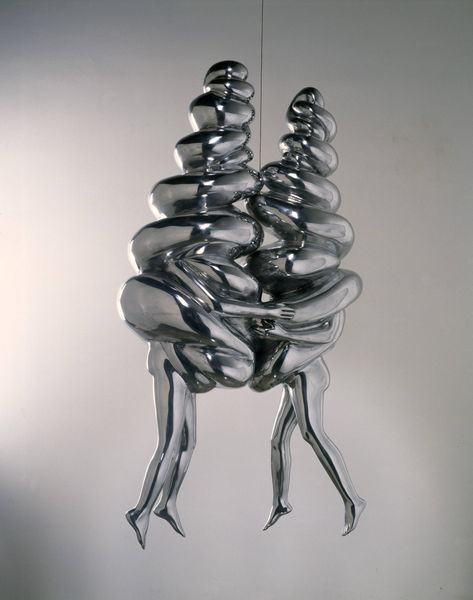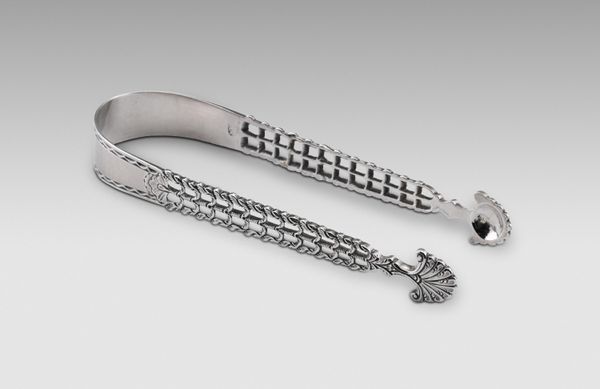
steel, sculpture
#
steel
#
arts-&-crafts-movement
#
geometric
#
england
#
sculpture
#
decorative-art
Dimensions: 30 15/16 x 10 11/16 x 9 1/2 in. (78.6 x 27.1 x 24.1 cm)
Copyright: Public Domain
These firedogs were created by George Jack, sometime in his lifetime between 1855 and 1932. At first glance, the cool grey of the metal gives the impression of functional objects, their materiality and solidity suggesting practicality and use. However, a closer look reveals a decorative complexity. The linear arrangement of the supporting structure creates a rhythm, while the detailed floral cut-outs at the top introduce an element of organic intricacy. The contrast between the smooth, undecorated bars and the ornate tops destabilizes the object’s primary function, shifting the firedogs into the realm of art. This tension between utility and aesthetics is key. The firedogs embody the late 19th and early 20th century desire to reconcile industrial production with handcrafted beauty. By integrating decorative motifs into everyday items, Jack challenges the perceived divide between art and craft. This pushes us to reconsider the values and meanings we ascribe to functional objects.
Comments
minneapolisinstituteofart almost 2 years ago
⋮
George Jack was an integral figure in the British Arts and Crafts movement. From about 1890, he was chief furniture designer for William Morris' Morris and Co. and in 1880 began working in the office of architect and designer Philip Webb. Both Morris and Webb were strong proponents of a move away from industrialization and back to the handmade tradition in objects for the home. Jack's design for these firedogs, meant to hold fire tools on their protruding brackets, are an excellent example of the whimsy inherent in English Arts and Crafts, with their simplified design featuring a pair of stylized owls.
Join the conversation
Join millions of artists and users on Artera today and experience the ultimate creative platform.
